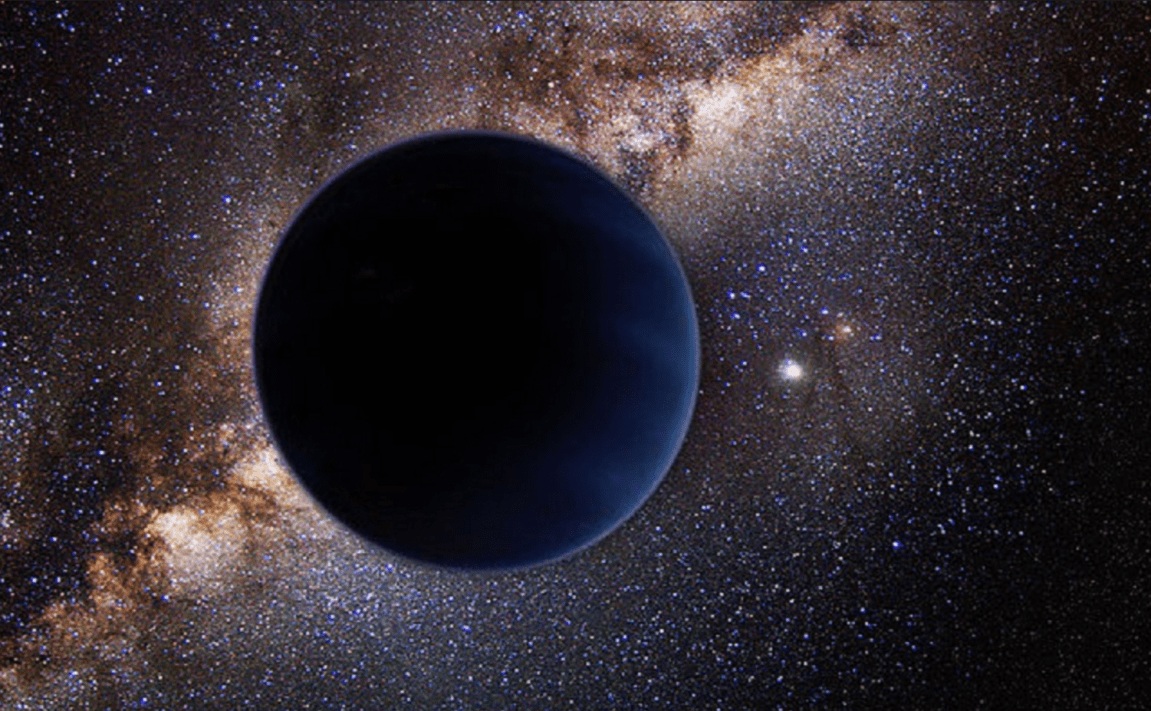
The Changeling
It seems our solar system’s planets might have a foster sibling. “Planet 9,” which has been much in the news of late, may really be the spawn of another sun.
At least that’s the word coming out of a computer simulation study run by a team of astronomers at Lund University in Sweden, which examined the orbital dynamics of the solar system during its early youth, some 4.5 billion years ago.
If it’s true, it means our solar system hosts an interstellar interloper—an extrasolar planet that’s not “extrasolar” at all, but is a member of our Sun’s own retinue of planetary bodies.
Which leads to a very unusual possibility—the first exoplanet we visit may actually belong to our own solar system.
“It is almost ironic that while astronomers often find exoplanets hundreds of light years away in other solar systems, there’s probably one hiding in our own backyard,” observes Alexander Mustill of Lund University.

Cradle-Robbing
Now, this doesn’t mean our Sun was a malignant and mean-spirited parent, robbing sibling stars of their rightful children. But it’s a function of the curious gravitational dynamics that were likely at play in the solar system’s natal cloud—what was probably a giant star-formation factory, somewhat like the famous Orion or Carina nebulas.
These immense molecular clouds are dominated by a central cluster of extremely big—and extremely short-lived—O and B type stars; these explode after a few million years, releasing density waves that further contract the star-formation cloud, and spawn the condensation of thousands of smaller stars.
So our own Sun was merely one of many similar stars that formed in very close proximity to each other. In fact, 4.5 billion years ago, our sun was closer to other stars than it ever will (very likely) be again. This meant a lot of fidgety jostling, as young siblings are wont to do—a lot of gravitational pushing and shoving.
And the Lund University simulation indicates that the Sun probably captured Planet 9 after a particularly energetic bit of stellar horseplay.

“Planet 9 may very well have been ‘shoved’ by other planets, and when it ended up in an orbit that was too wide around its own star, our Sun may have taken the opportunity to steal and capture Planet 9 from its original star,” Mustill continues.
“When the Sun later departed from the stellar cluster in which it was born, Planet 9 was stuck in an orbit around the Sun.”
It’s even possible than certain outer planets of our own early solar system were stripped away and captured by the Sun’s nursery-mates; in any case, if Planet 9 really is a captured exoplanet, it probably means our only real chance to study an alien planet up close.
“This is the only exoplanet that we, realistically, would be able to reach using a space probe,” Mustill concludes.